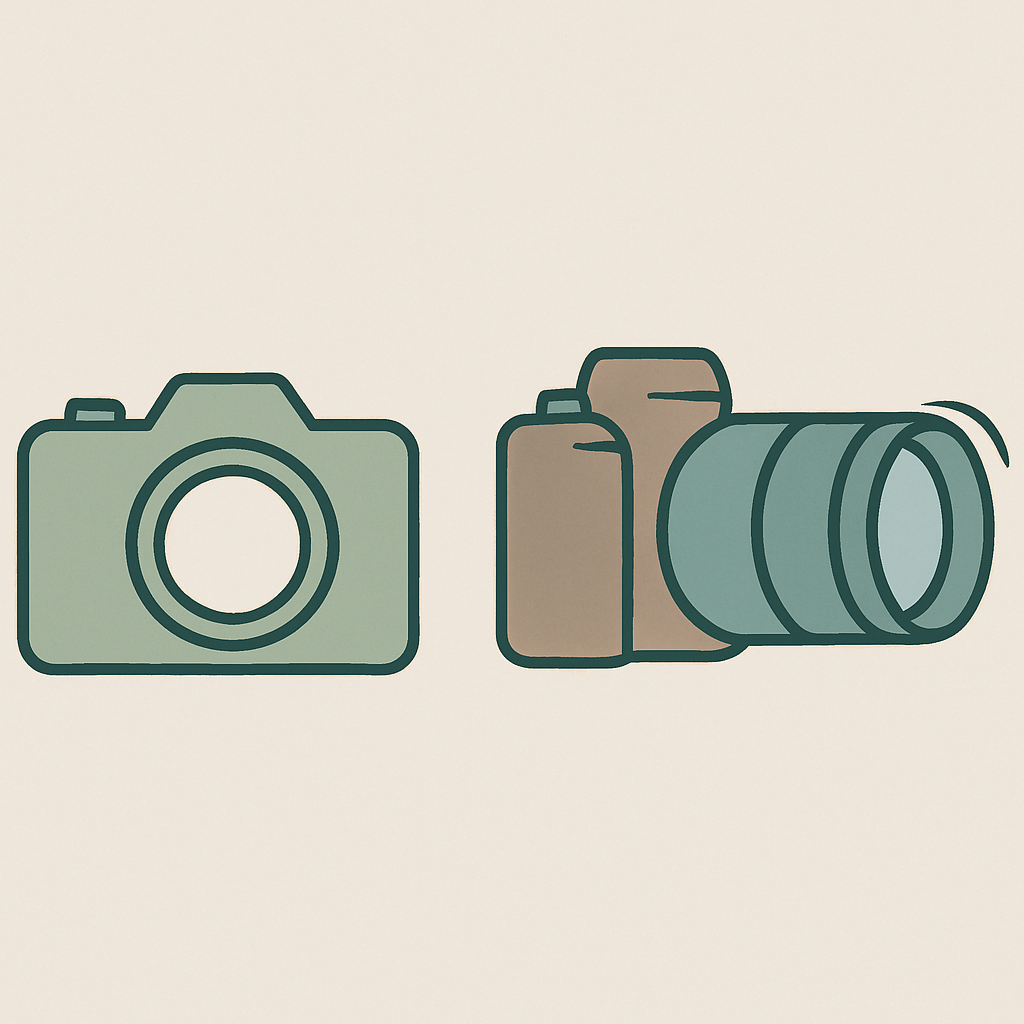Prime vs. Zoom Lenses: Choosing the Right Tool
When selecting a lens for your camera, one of the first decisions you’ll face is whether to choose a prime lens or a zoom lens. Each type has its own strengths and weaknesses, and the best choice depends on your shooting style and needs.
What is a Prime Lens?
A prime lens has a fixed focal length, such as 35mm or 50mm. This means you can’t zoom in or out; you have to move your feet to change your composition.
Pros of Prime Lenses
- Typically sharper and have better image quality
- Wider maximum apertures (great for low light and bokeh)
- Lighter and more compact
- Simpler construction, often more reliable
Cons of Prime Lenses
- Less versatile; you need to carry multiple primes for different focal lengths
- Requires more movement and planning for composition
What is a Zoom Lens?
A zoom lens covers a range of focal lengths, such as 24-70mm or 70-200mm. You can zoom in and out to frame your shot without moving.
Pros of Zoom Lenses
- Highly versatile; one lens can cover many situations
- Great for events, travel, and unpredictable environments
- Reduces the need to change lenses
Cons of Zoom Lenses
- Usually heavier and larger
- Maximum aperture is often smaller (less light, less bokeh)
- Can be more expensive for high-quality models
- May have slightly lower image quality compared to primes
Which Should You Choose?
- Prime lenses are ideal for portraits, street photography, and low-light situations where image quality and wide apertures matter most.
- Zoom lenses are perfect for travel, events, and situations where you need flexibility and speed.
Conclusion
Both prime and zoom lenses have their place in a photographer’s kit. Consider your needs, budget, and shooting style to choose the right tool for the job.
